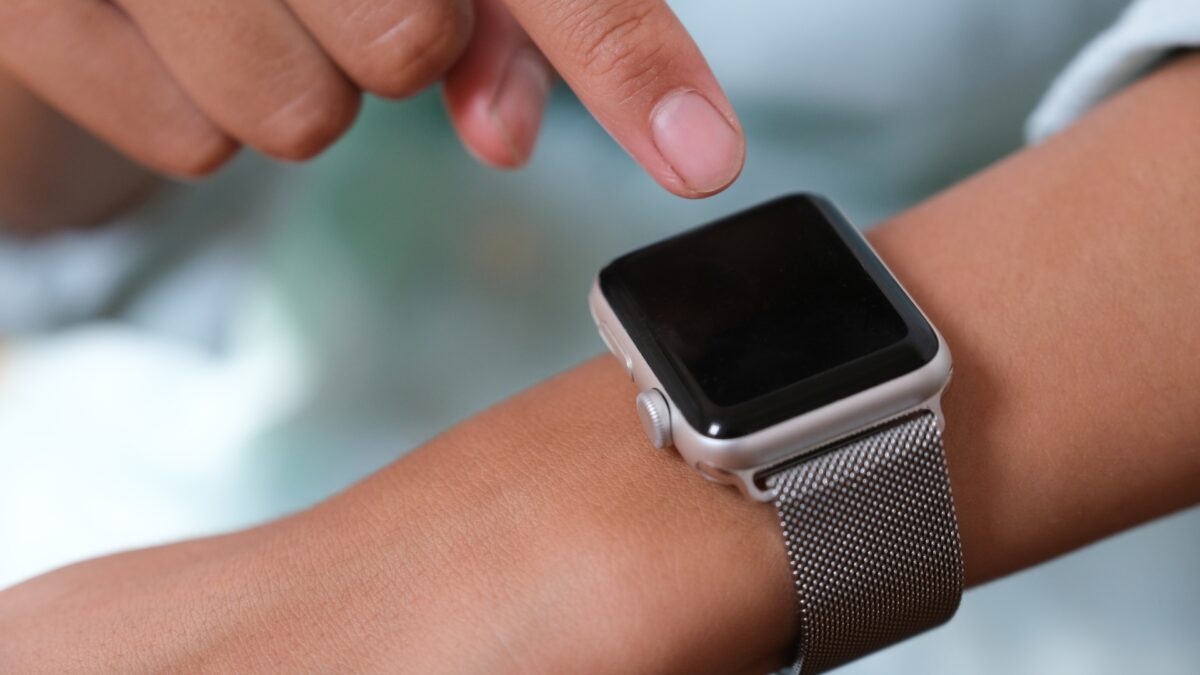Sleep apnea is a critical health condition where breathing temporarily stops during sleep, leading to various risks like cardiovascular diseases. Traditionally, diagnosing this condition required specialized sleep tests, but with the advancements in wearable technology, Apple Watch now offers a more accessible way to detect sleep apnea. The latest watchOS updates provide users with tools to monitor their breathing patterns and potentially identify disruptions during sleep, making health monitoring more seamless and convenient.
Understanding Sleep Apnea and Its Health Risks

Sleep apnea is a serious sleep disorder where a person’s breathing repeatedly stops and starts throughout the night. There are two main types: obstructive sleep apnea (OSA), caused by a blockage of the airway, and central sleep apnea (CSA), where the brain fails to send the correct signals to control breathing. OSA is the more common type and is often associated with obesity, age, and certain lifestyle factors.
Untreated sleep apnea can lead to several health problems, including high blood pressure, heart disease, and stroke. The lack of oxygen during apnea episodes strains the cardiovascular system and increases the risk of complications. Additionally, individuals with sleep apnea often suffer from poor-quality sleep, resulting in daytime fatigue, memory problems, and reduced cognitive function.
While many people with sleep apnea are unaware of their condition, symptoms such as loud snoring, gasping for air during sleep, and waking up frequently can be key indicators. Early detection and treatment are crucial in reducing the risks associated with this disorder, making advances in health-monitoring technology more vital than ever.
Apple Watch’s Sleep Monitoring Features Explained
With the release of watchOS 11, Apple Watch introduced a groundbreaking feature that allows users to monitor their sleep and detect potential signs of sleep apnea. The watch uses advanced sensors to track breathing patterns, heart rate, and blood oxygen levels throughout the night. This continuous monitoring helps identify irregularities in the user’s sleep cycle, including breathing disruptions indicative of sleep apnea.
Apple Watch tracks these metrics automatically once the sleep tracking feature is enabled. Users can set up sleep monitoring by adjusting the settings within the Health app on their iPhone. The “Respiratory Disturbances” feature monitors any irregularities in breathing patterns during sleep and sends data directly to the paired iPhone for review the next morning.
Although the Apple Watch is not a medical device, it provides valuable insights into the user’s sleep health. By alerting users to abnormal breathing patterns, the device encourages them to seek medical advice. This feature is especially beneficial for those who may not be aware of their condition and helps bridge the gap between daily health monitoring and professional medical evaluation.
Compatible Devices and System Requirements
Not all Apple Watch models support sleep apnea detection, as the feature requires specific hardware and software capabilities. The function is available on Apple Watch Series 9, Apple Watch Ultra 2, and newer models. These devices are equipped with the S9 chip, which provides the necessary processing power to perform advanced sleep monitoring.
In addition to the right hardware, users must ensure that their Apple Watch is running watchOS 11 or later. The paired iPhone must also be updated to iOS 18 or higher to ensure compatibility and enable full functionality. Without these updates, the device will not be able to track respiratory disturbances or send notifications regarding abnormal breathing patterns.
For users with older Apple Watch models, upgrading to a newer device may be the only way to access this advanced feature. While this limitation may frustrate some, the benefits of upgrading include not only improved health monitoring but also access to a host of other new features that enhance overall user experience. The combination of the right hardware and software makes Apple Watch a powerful tool for proactive health management.
How to Interpret the Data and Connect with Medical Professionals
After a night of sleep, Apple Watch users can review their sleep data via the Health app on their iPhone. The app displays a detailed report on the user’s respiratory rate, blood oxygen levels, and any detected irregularities. These results are presented in an easy-to-understand graphical format, allowing users to quickly assess whether their breathing was disrupted during sleep.
If the Apple Watch detects abnormal breathing patterns, it sends a notification the next morning, urging the user to review their data. While these alerts are not a formal diagnosis, they provide an early warning sign that could suggest the presence of sleep apnea. The Health app allows users to export this data and share it with medical professionals for further analysis.
Consulting with a healthcare provider is essential when abnormal patterns are detected. A doctor can evaluate the Apple Watch data alongside other diagnostic tests to confirm whether sleep apnea is present. This information can guide treatment plans and lifestyle changes to manage the condition, demonstrating the value of integrating wearable technology into ongoing health care.
